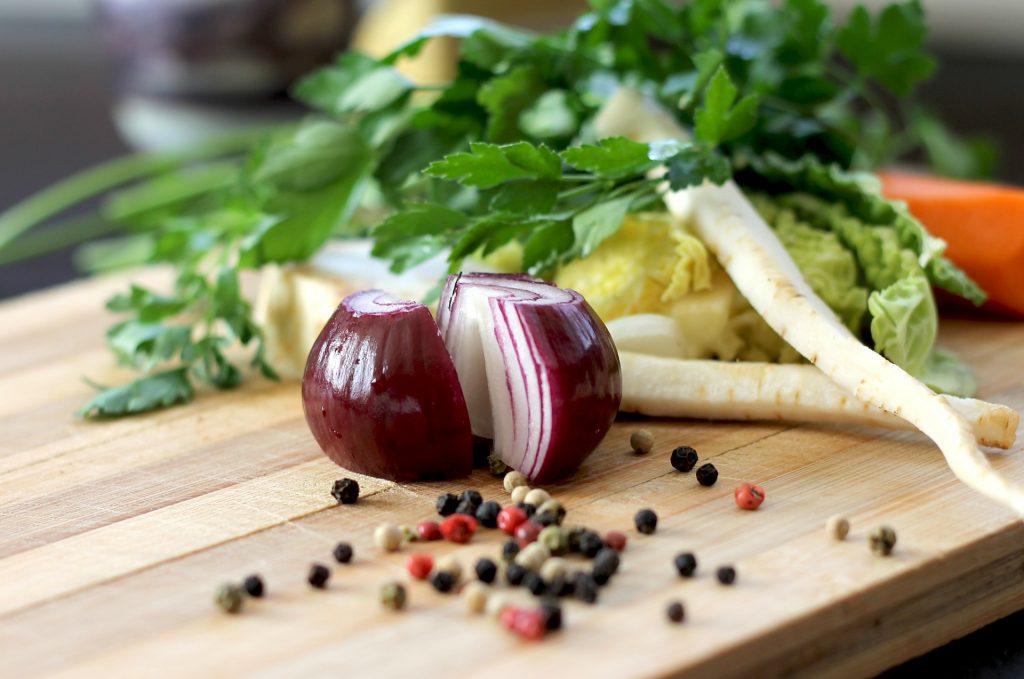 Flavonoids are a large group of phenolic compounds produced in plants as secondary metabolites. Quercetin is a flavonoid found in number of edible plants and evidence suggests that quercetin is bioavailable in humans and animals. When absorbed quercetin may act as an antioxidant in human tissues and this may explain its health effects. Consumption of quercetin is associated with a reduction in inflammation and oxidative stress and quercetin with other flavonoids are associated with a reduction in the risk of developing cardiovascular disease. The absorption of quercetin from plant tissue may vary considerably depending on a number of factors. In particular the absorption of quercetin may depend on the form of quercetin present in the foods. Quercetin in plants is present largely as glycosides, and these consist of a molecule of quercetin bonded to a sugar. These sugar residues may affect the absorption of the quercetin molecule thus having an effect on overall bioavailability.
Flavonoids are a large group of phenolic compounds produced in plants as secondary metabolites. Quercetin is a flavonoid found in number of edible plants and evidence suggests that quercetin is bioavailable in humans and animals. When absorbed quercetin may act as an antioxidant in human tissues and this may explain its health effects. Consumption of quercetin is associated with a reduction in inflammation and oxidative stress and quercetin with other flavonoids are associated with a reduction in the risk of developing cardiovascular disease. The absorption of quercetin from plant tissue may vary considerably depending on a number of factors. In particular the absorption of quercetin may depend on the form of quercetin present in the foods. Quercetin in plants is present largely as glycosides, and these consist of a molecule of quercetin bonded to a sugar. These sugar residues may affect the absorption of the quercetin molecule thus having an effect on overall bioavailability.

Quercetin may be an important antioxidant in humans. However, the ability of quercetin to act as an effective antioxidant depends to a large extent of the bioavailability of the compound. Flavonoids such as quercetin are available in plants mainly as glycosides, and this is the aglycone form of the compound bonded to a sugar. During absorption it is thought that the sugar is cleaved form the aglycone, and the aglycone then diffuses across the enterocyte cell membrane. Here is it metabolised by phase 2 conjugating enzymes to produce phase 2 conjugates and these are then subsequently absorbed and further metabolised in the liver. The ability of human enzymes to digest the sugar moiety may be one of the limiting factors in quercetin absorption. Cooking foods can significantly increase the bioavailability of quercetin as breaking the cell walls of the plant material increases the rate at which the contents can undergo digestion.
Onions and apples are a good source of quercetin. Onions contain the glycosides of quercetin mainly as quercetin glucosides (quercetin bonded to glucose). Apples in contrast contain both quercetin glucoside as well as other non-glucose conjugates of quercetin. In one study, the absorption of onions and apples was compared with a supplement of pure quercetin-3-rutinoside, the major quercetin glycoside in tea. Following consumption of these sources of quercetin, blood levels of quercetin were measured over 36 hours. The results showed that the bioavailability of the quercetin from the apples and the quercetin supplement were 30 % of the bioavailability from onions. Peak levels of quercetin occurred at 42 min following onion ingestion but at 2.5 hours following apple ingestion and at 9 hours after the supplement ingestion. The half life elimination for onions was at 28 hours and for apples at 23 hours. Therefore the source of the quercetin ingested can have a significant effect on the metabolic response in the individual.
Eat Well, Stay Healthy, Protect Yourself
RdB
